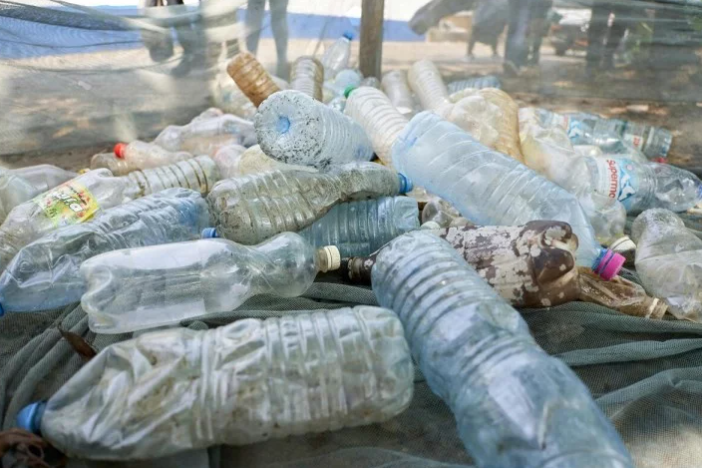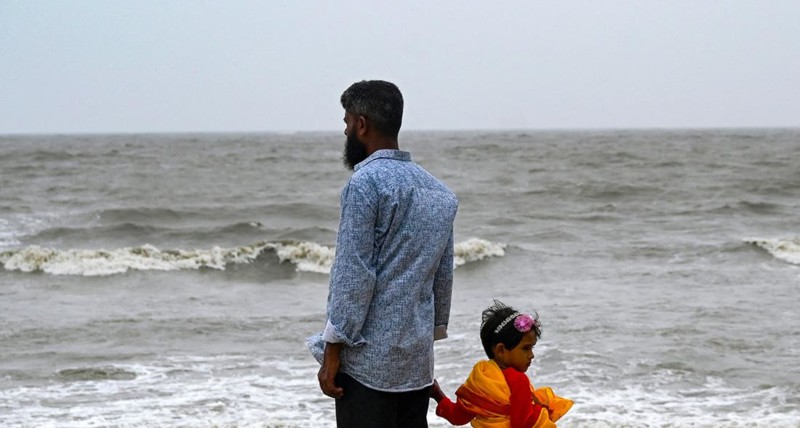Certain areas in the Mediterranean now contain more than 2 million plastic fragments per square kilometer. This is the sad conclusion of the VigiePlastic expedition conducted last summer off the coasts of Corsica and Italy. Scientists aboard the laboratory sailboat sampled 12,911 cubic meters of seawater over approximately 1,850 kilometers. « The concentrations found during this expedition exceed all those previously described in the literature, » they warn.
The situation is particularly severe off the coast of Cap Corse and the Tuscan island of Capraia—an area already studied in 2019 by WWF Italy. At that time, the concentrations were estimated at « only » 1.25 million fragments per square kilometer. « These alarming figures show that this plastic accumulation zone persists and intensifies, despite efforts to reduce marine pollution, » stated Bruno Dumontet, founder and head of Expedition MED, in a press release.
This localized concentration is caused by temporary gyres formed by currents that trap and gather waste, creating devastating « plastic soups » for the marine ecosystem. The density of this soup off Cap Corse is approximately four times the levels observed in the North Pacific, the most concentrated of the five permanent gyres identified in the world’s oceans. The fragments collected were 69% polypropylene (PP) and 21% polyethylene (PE), plastics commonly used for food packaging and single-use plastics.
Source: reporterre




